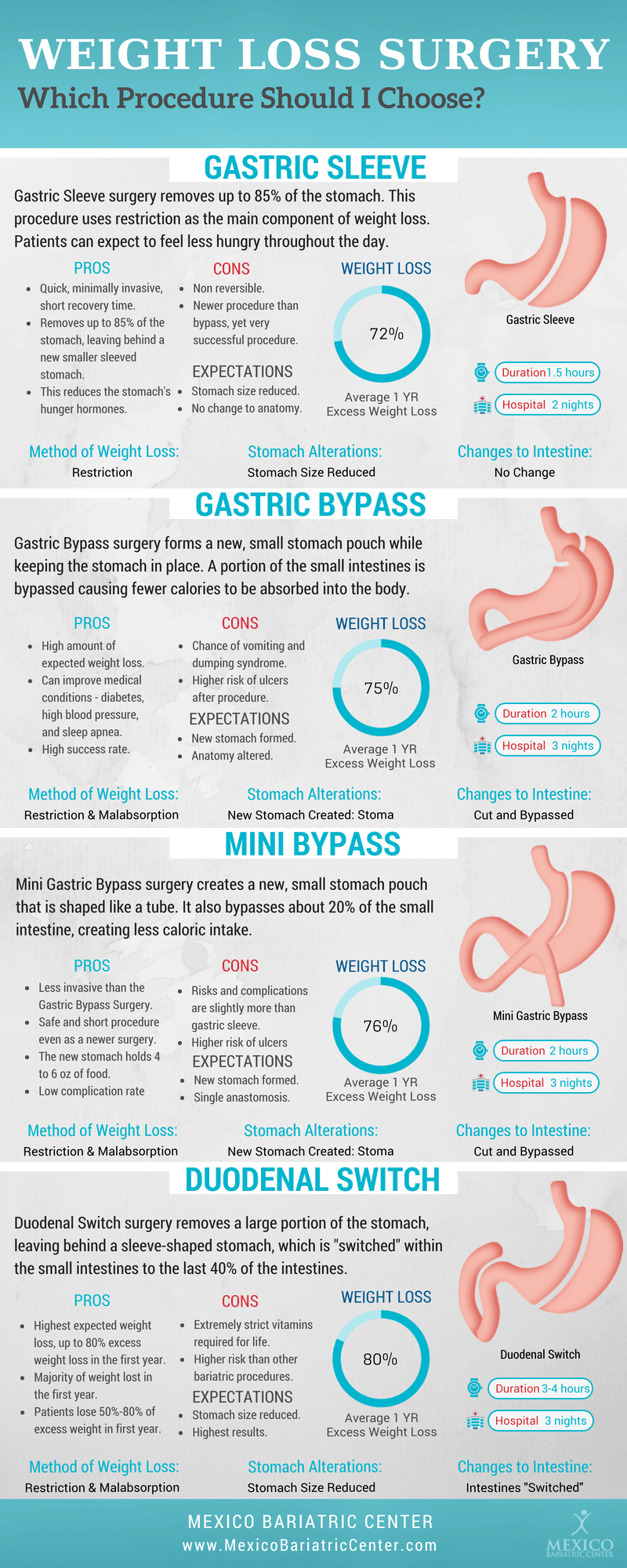Cold Laser Therapy (LLLT) is a non-invasive treatment that can stimulate tissue repair and alleviate pain from many ailments. It is used by medical professionals including doctors, dentists, physical therapists, and acupuncturists.
Although it can be a great addition to your rehabilitation regimen, it may not be covered by insurance since it is considered experimental. However, it may still be a cost-effective option compared to alternative treatments.
Clinic Fees
The cost of cold laser therapy varies by provider, but providers are usually more than willing to work with patients on a payment plan. This is because many healthcare professionals understand the benefits of LLLT and want as many people to benefit from it as possible.
During a session, the cold laser emits light into your body and may target meridians, trigger points, acupuncture points, or small areas of the body. It stimulates cells to accelerate collagen synthesis, which is the building block of muscles, ligaments, tendons, fascia, and bones. It also reduces swelling, bruising and pain by increasing the amount of ATP produced by cells.
Some practitioners will bill for LLLT services and can often be found in locations that offer alternative therapies like acupuncture, message therapy, chiropractic, herbal medicine, and physical therapy. The purchase of a home device can also be reimbursed by some insurance companies. However, you will need to do your research carefully to make sure that you are purchasing a high-quality laser that is compatible with your health plan.
Insurance Coverage
Cold laser therapy is a non-invasive treatment that can help to reduce pain and accelerate healing. This makes it an excellent option for patients who are seeking a natural solution to their health issues and would prefer not to undergo surgery or take long-term prescription drugs.
Because of its effectiveness and affordability, LLLT has become an extremely popular treatment for many conditions and injuries. As a result, some insurance providers now cover this treatment, making it even more affordable.
However, patients should make sure they speak with their physical therapist and their healthcare provider before beginning this treatment. They will be able to provide them with more information about the costs and benefits of this treatment. They can also help to determine if cold laser therapy is right for their condition and will be able to recommend the appropriate treatment plan. They can also assist them in finding a clinic that offers competitive pricing. Many providers will even work with patients on payment plans to ensure they can receive the treatments they need.
Maintenance Sessions
During the maintenance phase of pain management, patients will be scheduled for sessions on a less frequent basis, typically every 2-4 weeks, depending on their condition and individual response. This helps to ensure that pain levels are stabilized and prevents the recurrence of injury. Regular communication with a healthcare professional specialized in cold laser therapy will help to ensure that your treatment plan is on track for optimal results.
Cold Laser Therapy McHenry is an effective pain management solution for patients suffering from a wide range of injuries and conditions. The treatment is non-invasive, and can be combined with other treatment methods to enhance outcomes and reduce costs. However, patients should keep in mind that it may take several treatment sessions -- sometimes as many as 30 -- before experiencing a significant reduction in pain and inflammation. Fortunately, some insurance providers offer assistance with the cost of these treatments, and there are also payment plans available to make it more affordable for patients to pico laser near me try this innovative new treatment option.
Home Devices
Cold laser therapy devices are easily incorporated into a treatment regimen at home and are highly effective in conjunction with other healing modalities such as herbal medicine, acupuncture, message therapy, chiropractic and physical therapy. Unlike surgery or life-long drug use, cold laser therapy is minimally invasive and significantly less costly.
If you choose to purchase a cold laser device to use at home, look for one that has been FDA-cleared for class 3b and above. It should be safe for pregnant women and can be used over metal pins, plates and plastics. The device should be easy to set up and simple to use. Be wary of buying over-the-counter devices that make bold claims about depth of penetration. Regardless of the power of a given laser, each wavelength loses energy at the same rate as it travels through tissue. This is a complex subject that you should discuss with your doctor before making a purchase.
